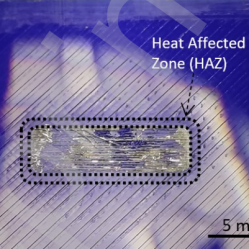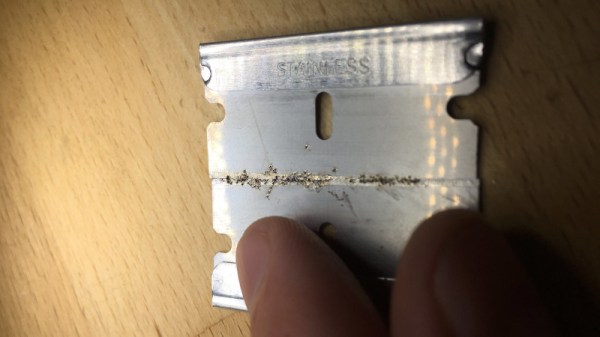In-space manufacturing is a big challenge, even with many of the same manufacturing methods being available as on the ground. These methods include rivets, bolts, but also welding, the latter of which was first attempted fifty years ago by Soviet cosmonauts. In-space welding is the subject of a recently announced NASA collaboration. The main aspects to investigate are the effects of reduced gravity and varying amounts of atmosphere on welds.
The Soviets took the lead in space welding when they first performed the feat during the Soyuz-6 mission in 1969. NASA conducted their own welding experiments aboard Skylab in 1973, and in 1984, the first (and last) welds were made in open space during an EVA on the Salyut-7 mission. This time around, NASA wants to investigate fiber laser-based welding, as laid out in these presentation slides. The first set of tests during parabolic flight maneuvers were performed in August of 2024 already, with further testing in space to follow.
Back in 1996 NASA collaborated with the E.O. Paton Welding Institute in Kyiv, Ukraine, on in-space welding as part of the ISWE project which would have been tested on the Mir space station, but manifesting issues ended up killing this project. Most recently ESA has tested in-space welding using the same electron-beam welding (EBW) approach used by the 1969 Soyuz-6 experiment. Electron beam welding has the advantage of providing great control over the weld in a high-vacuum environment such as found in space.
So why use laser beam welding (LBW) rather than EBW? EBW obviously doesn’t work too well when there is some level of atmosphere, is more limited with materials and has as only major advantage that it uses less power than LBW. As these LBW trials move to space, they may offer new ways to create structure and habitats not only in space, but also on the lunar and Martian surface.
Featured image: comparing laser beam welding with electron beam welding in space. (Source: E. Choi et al., OSU, NASA)















